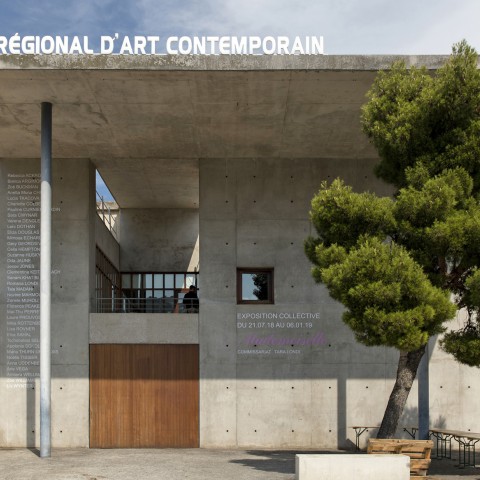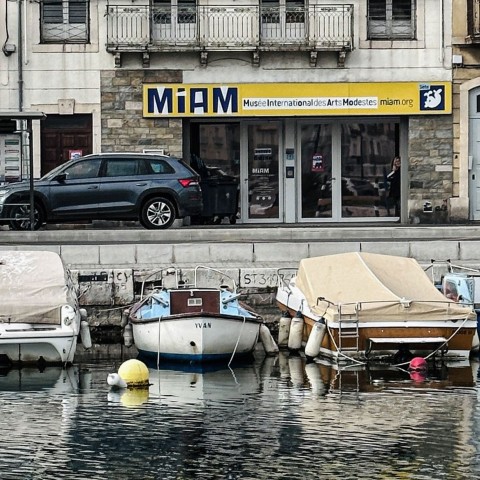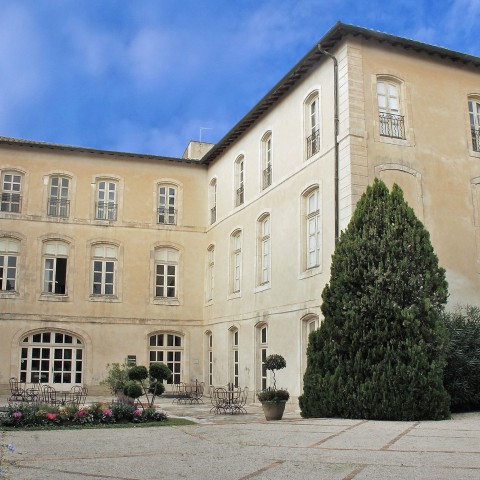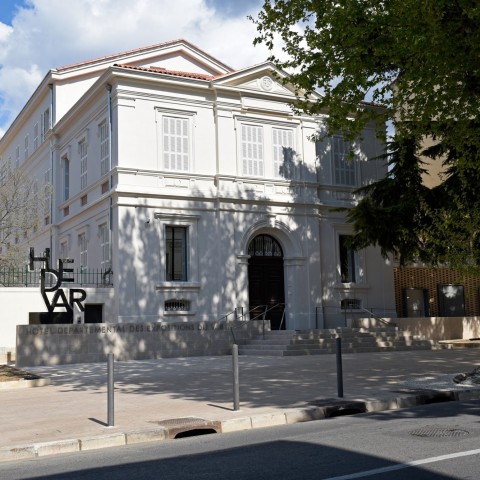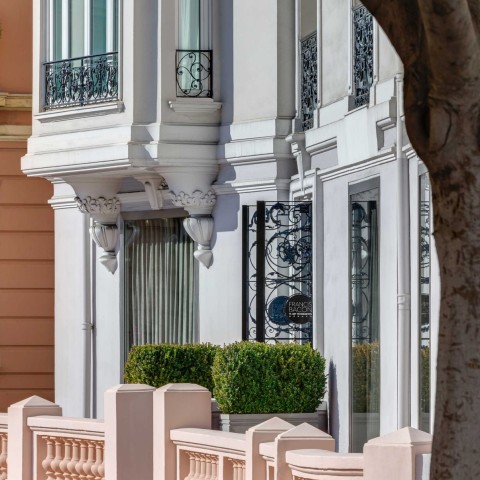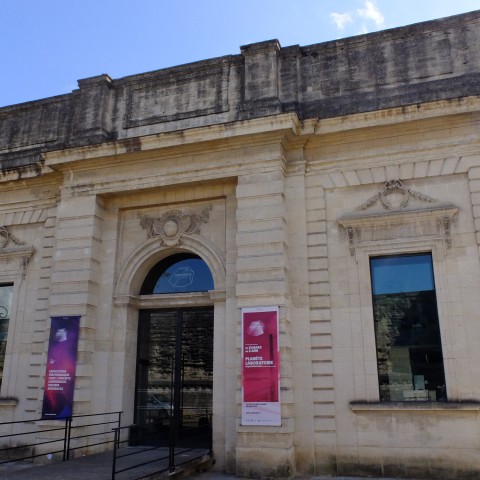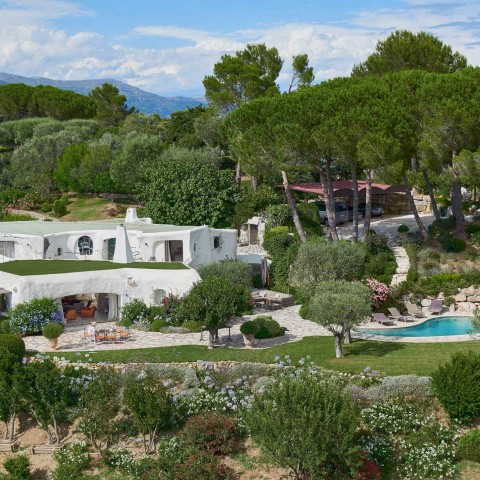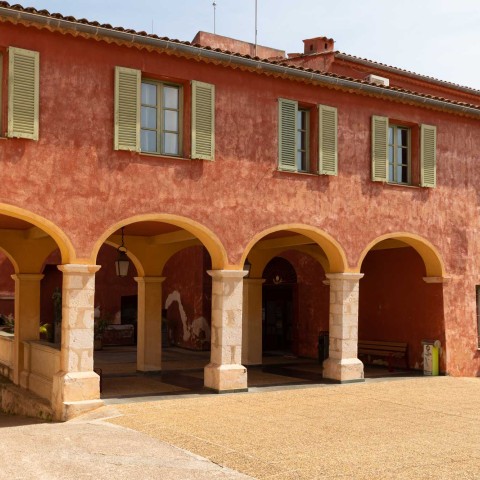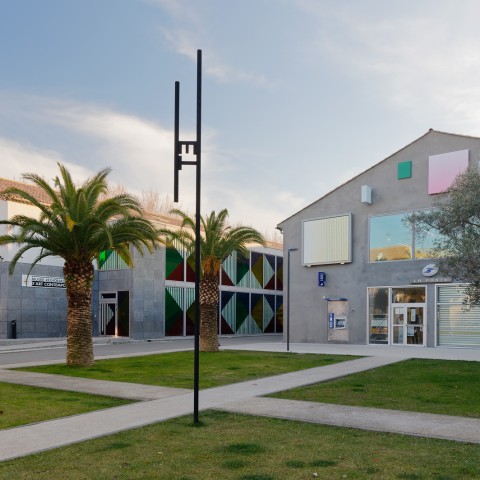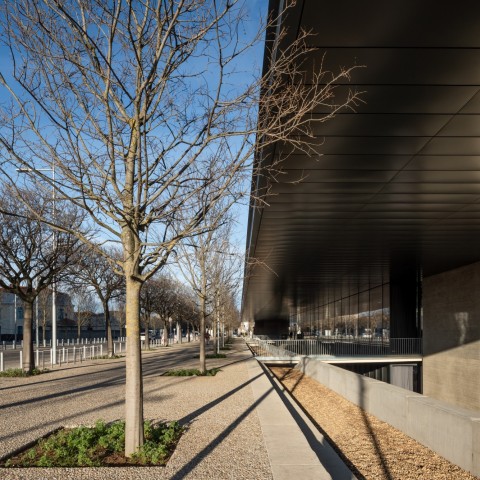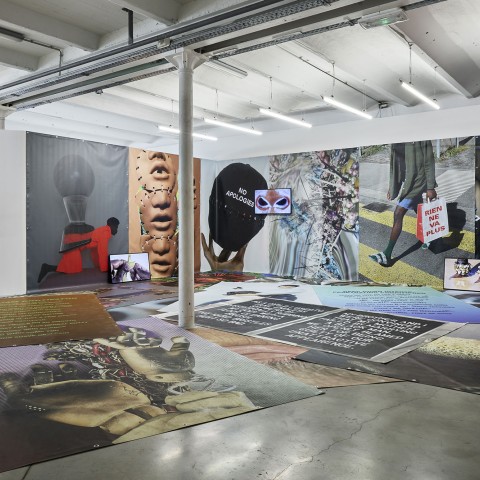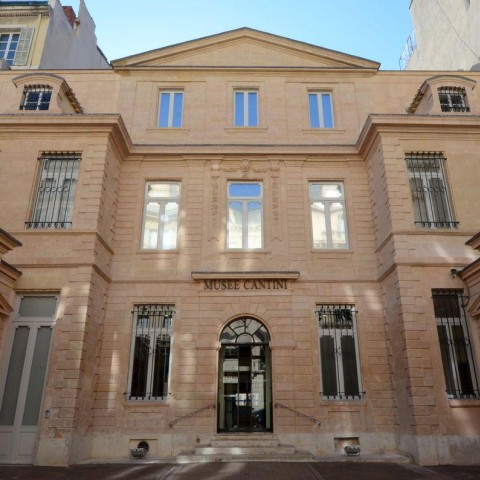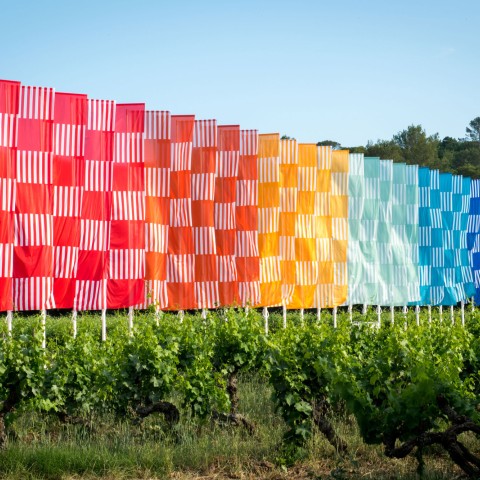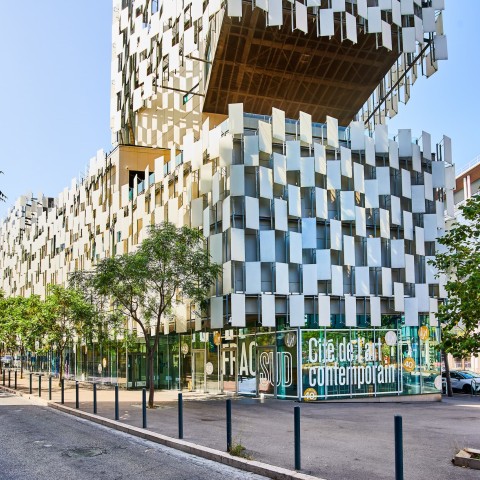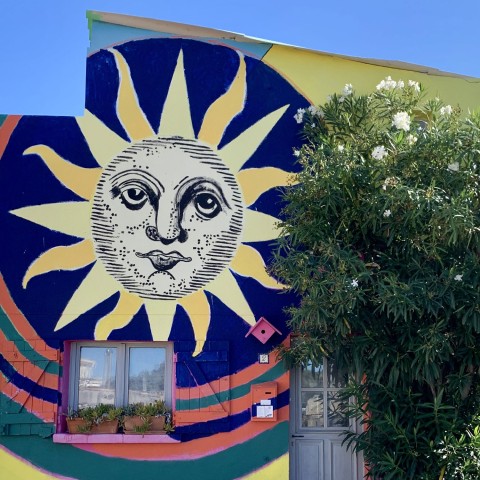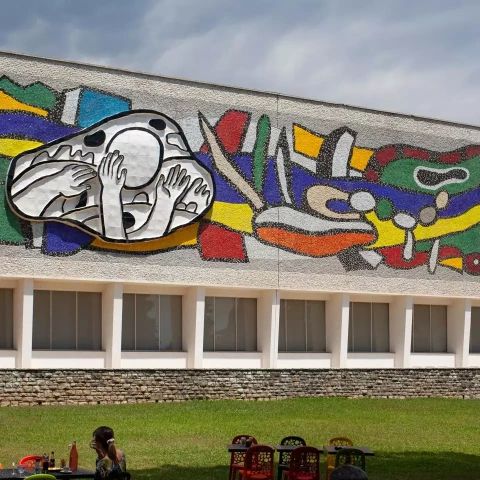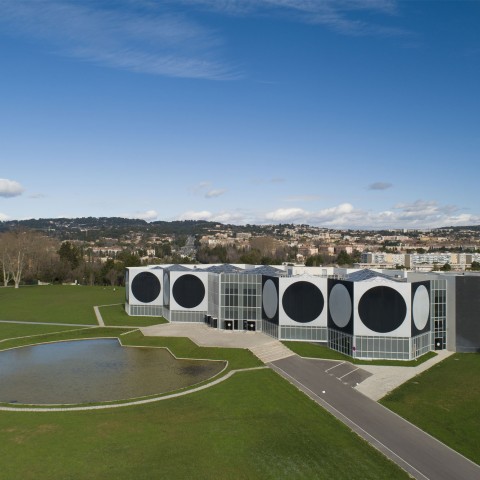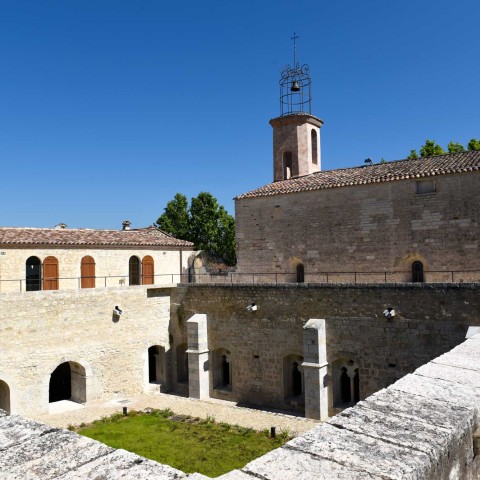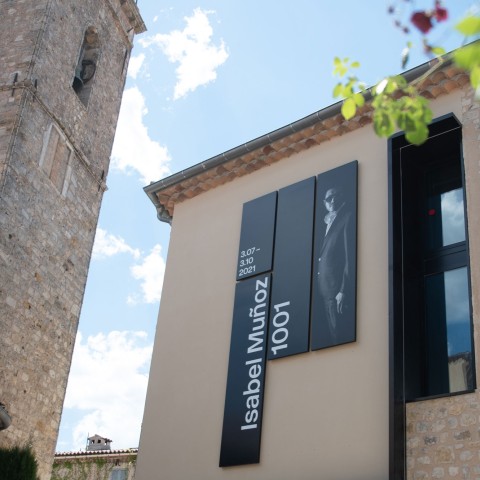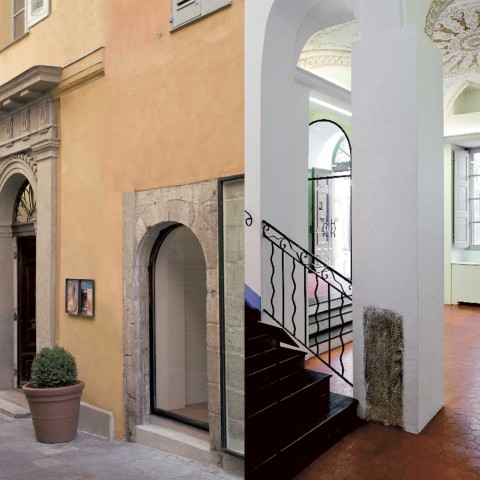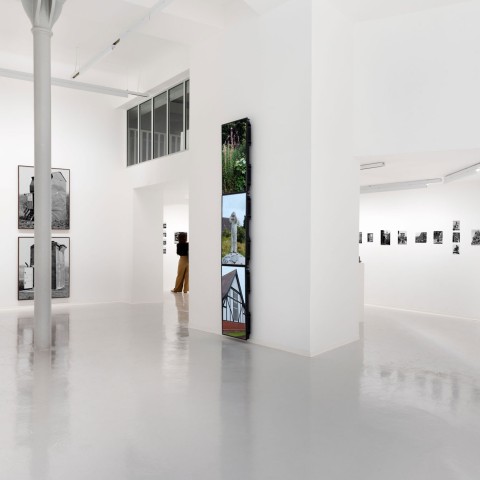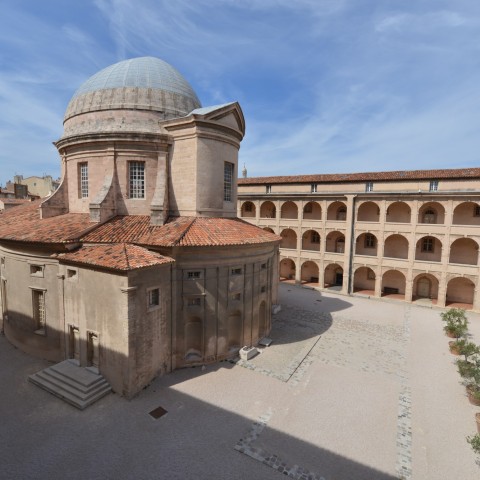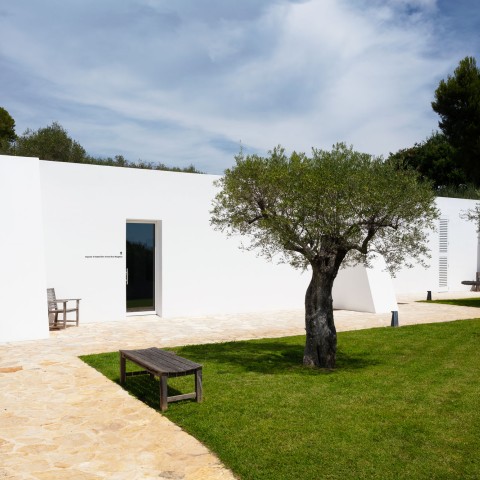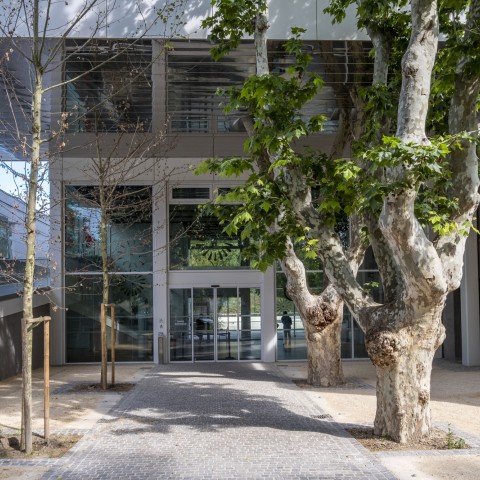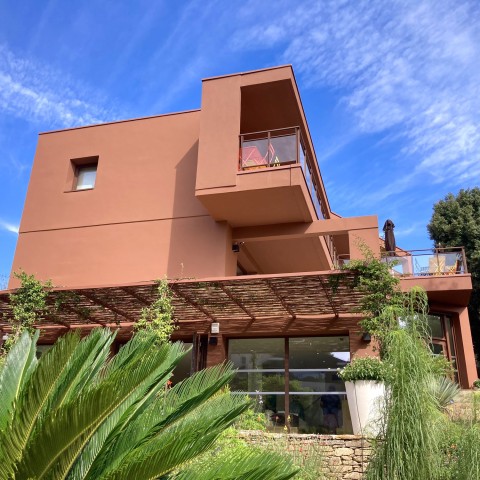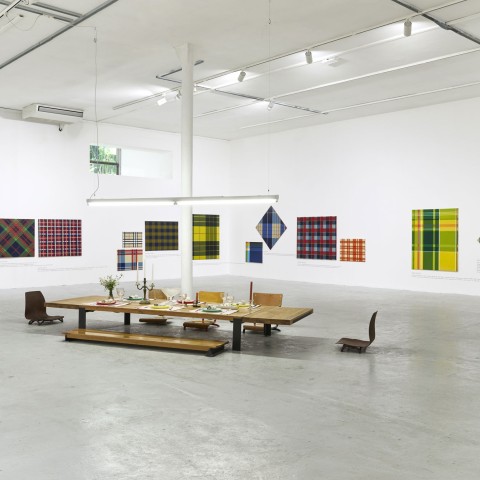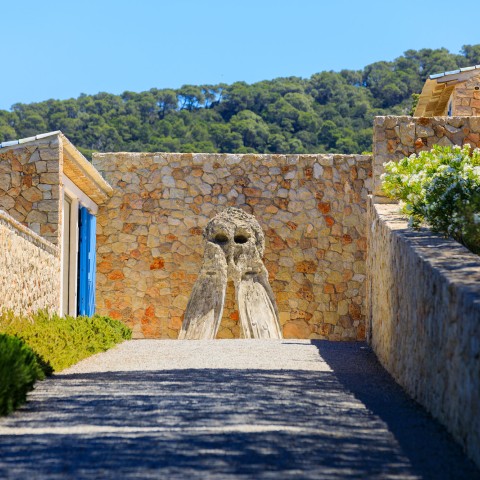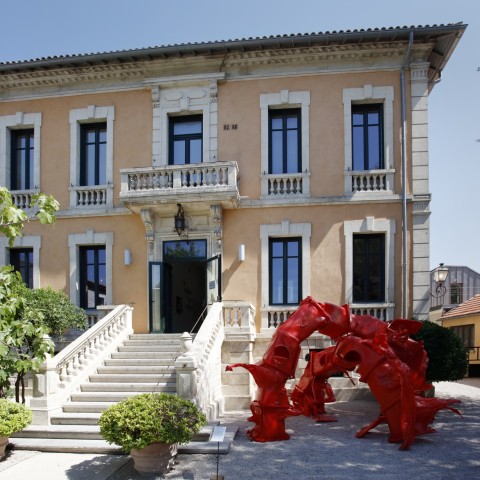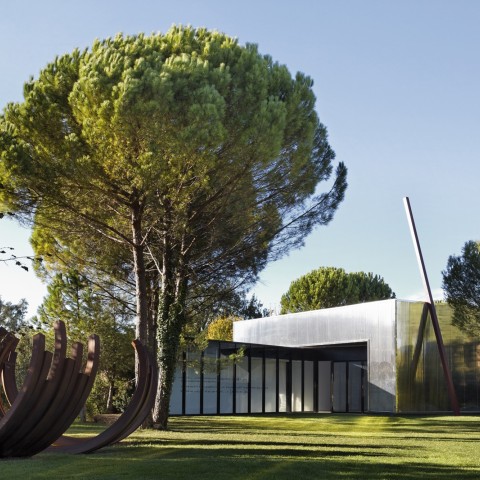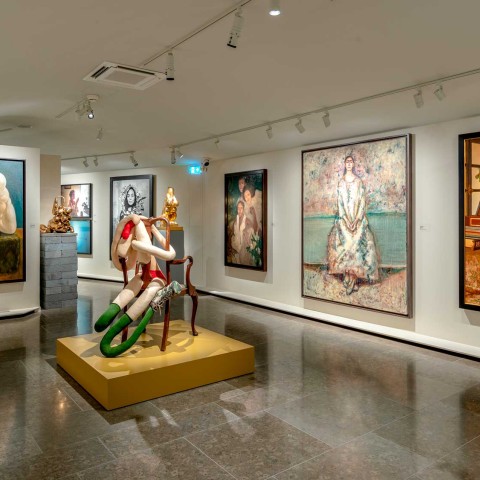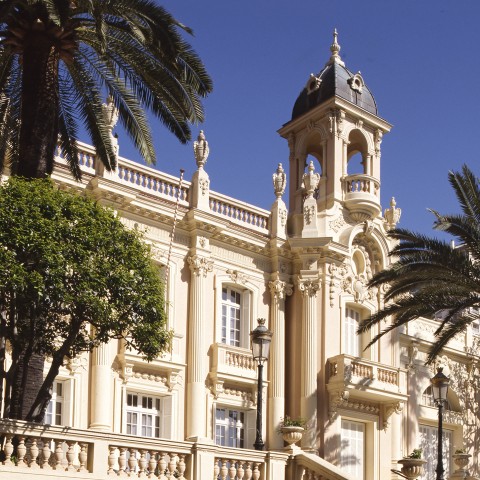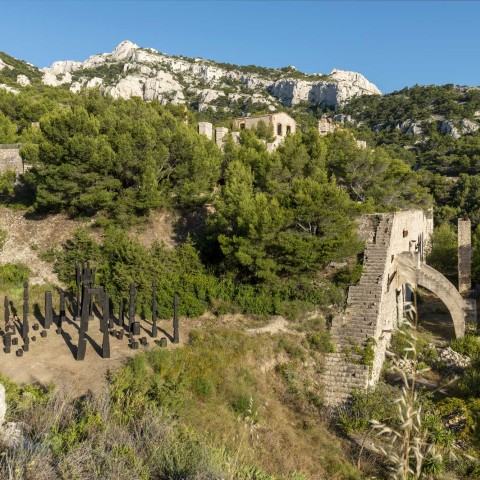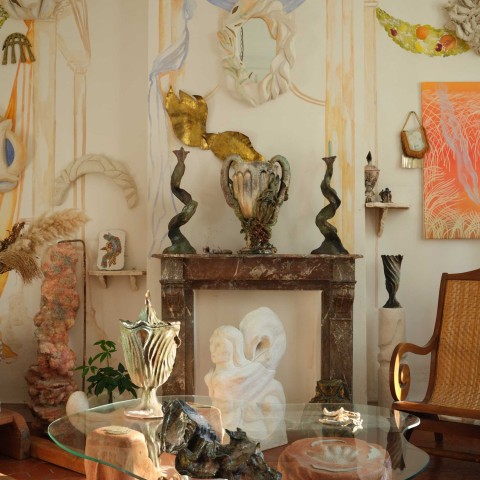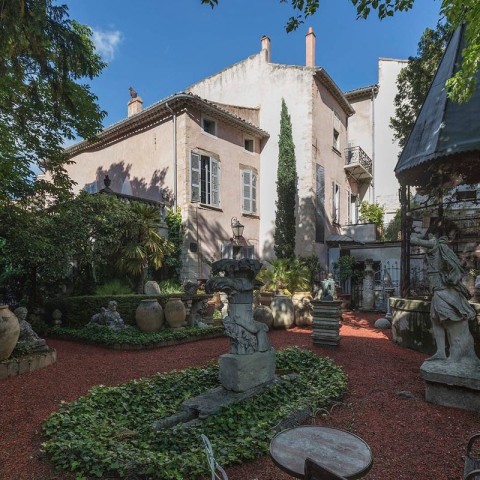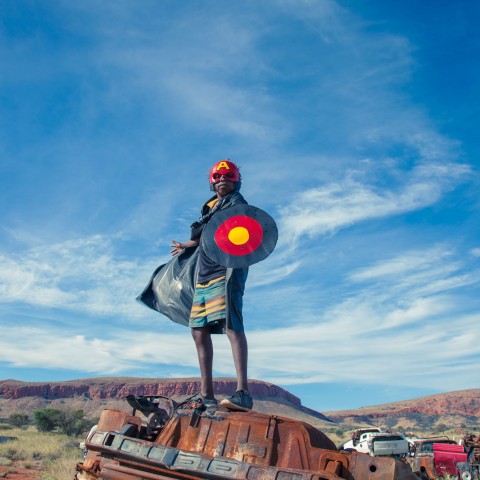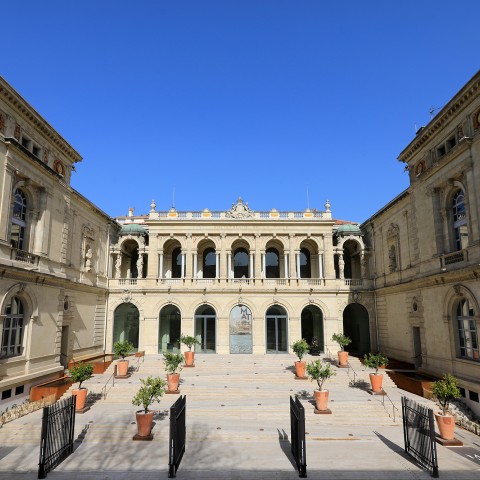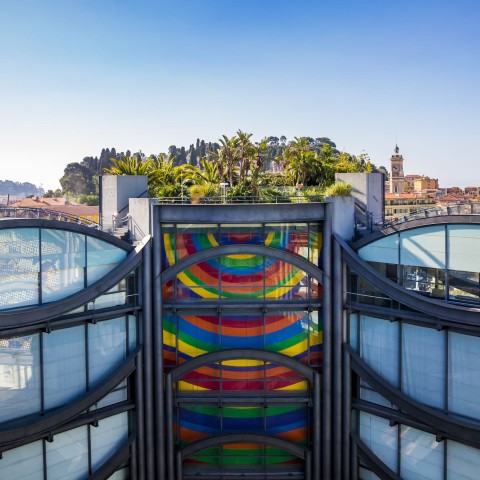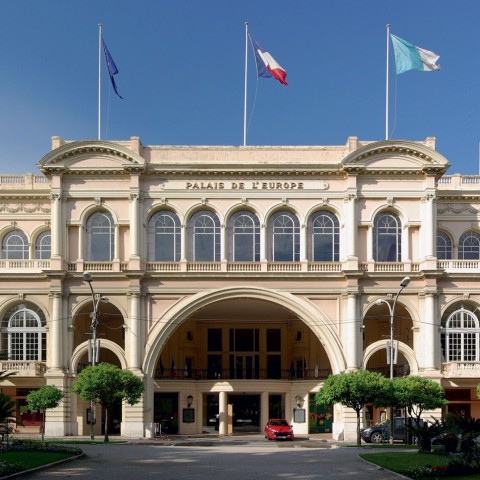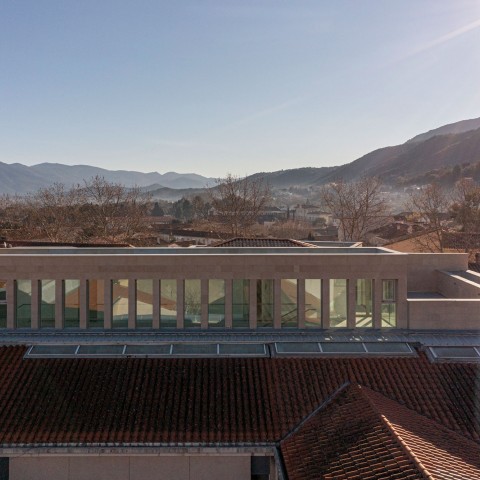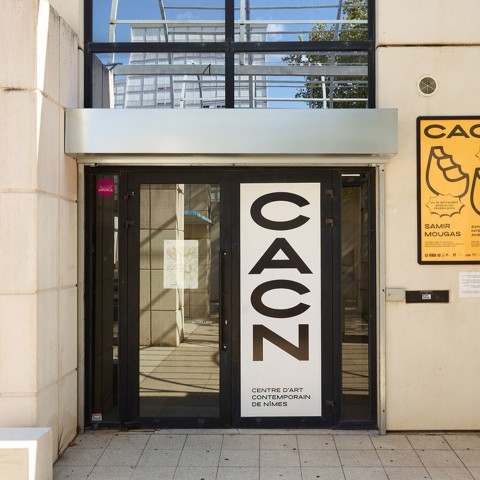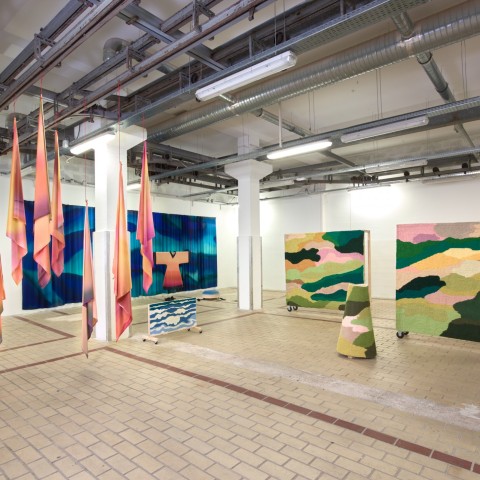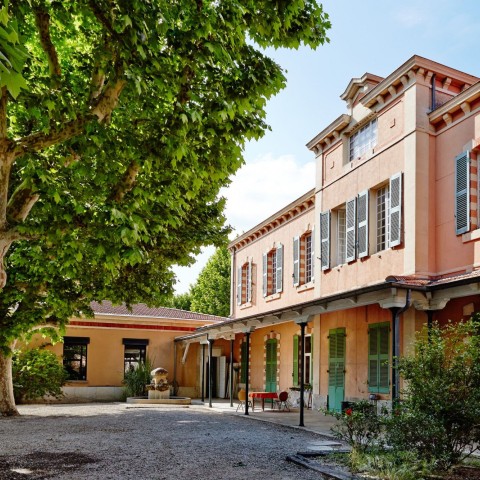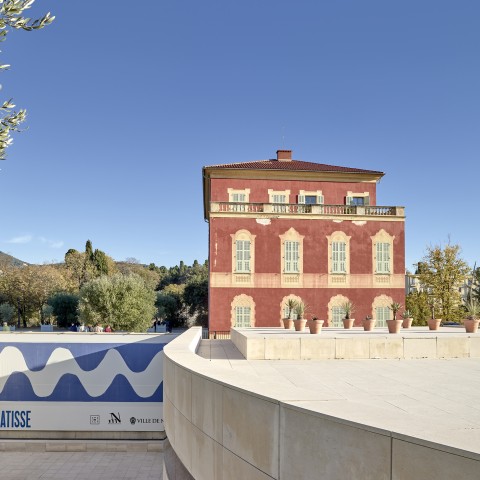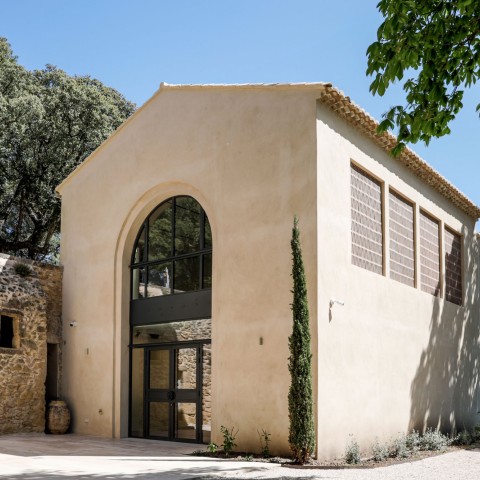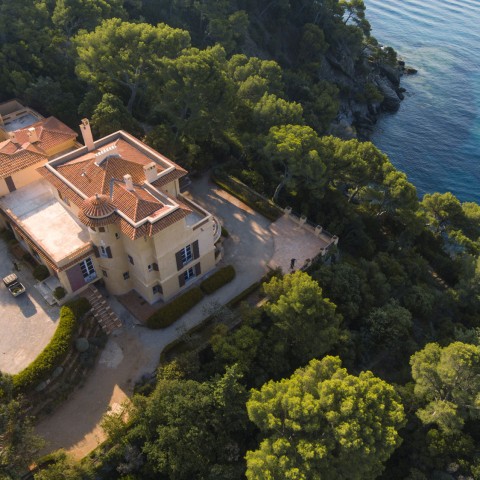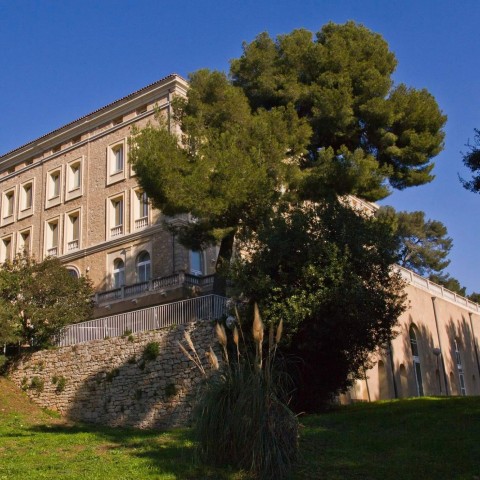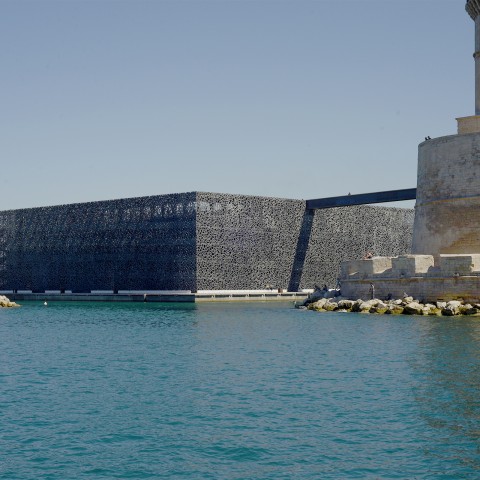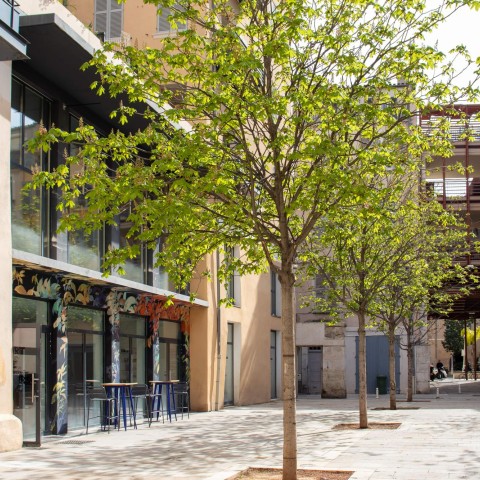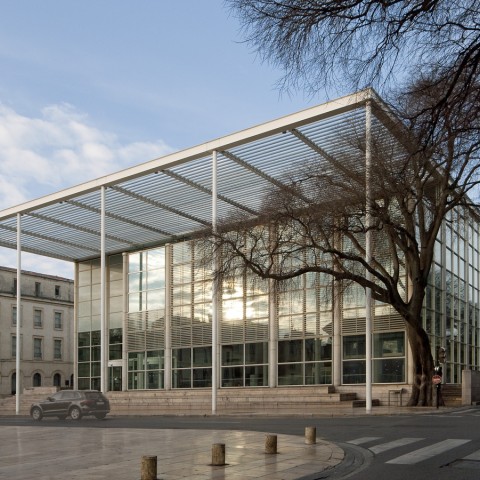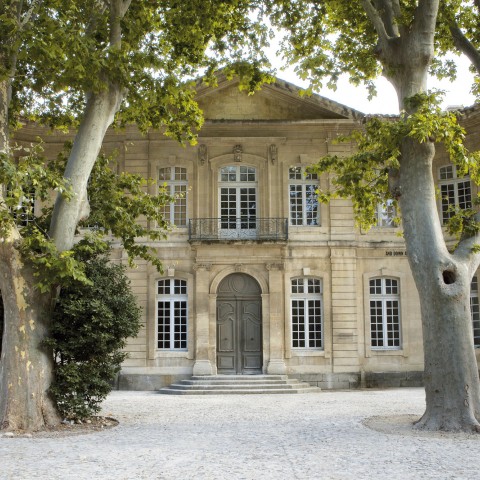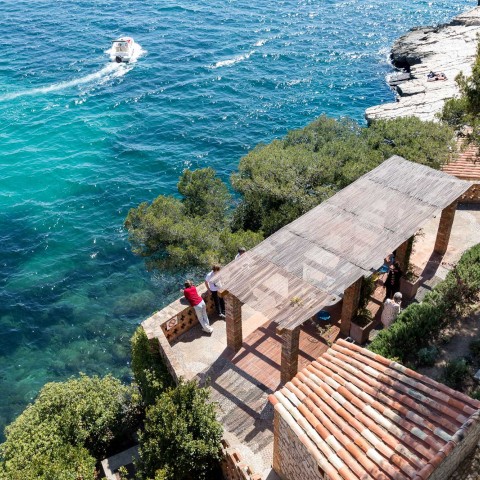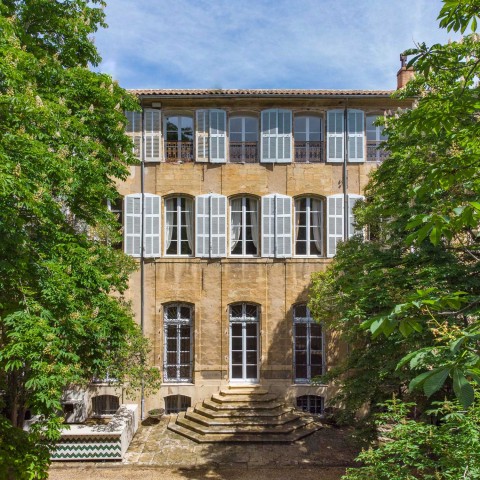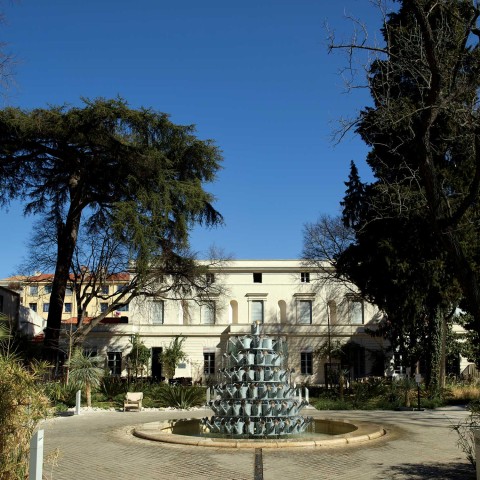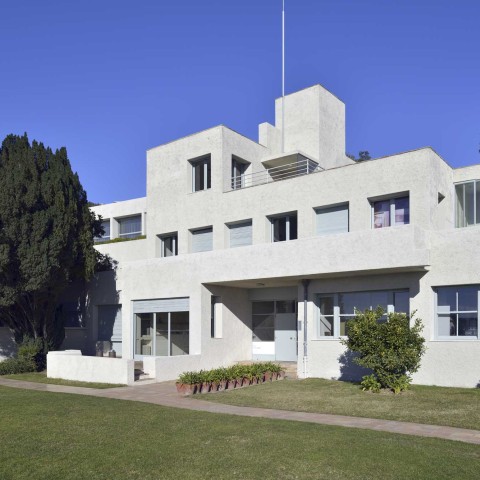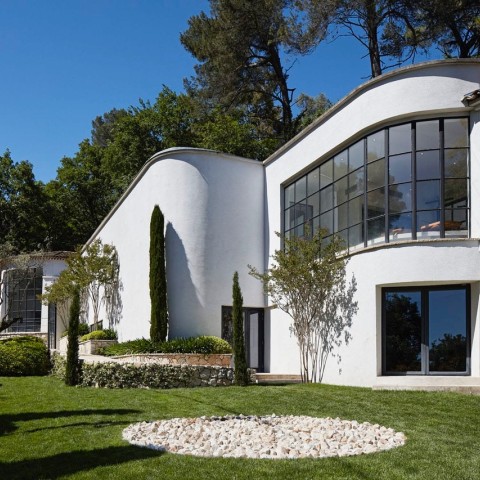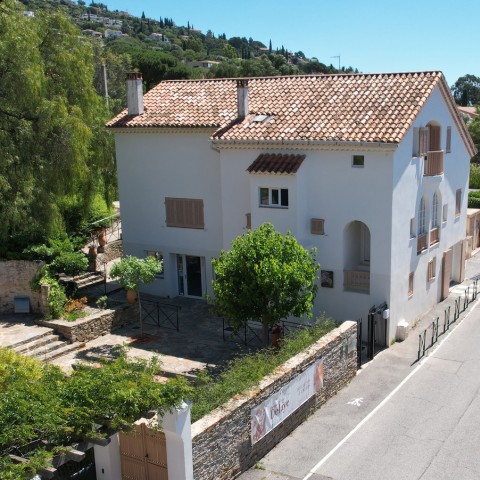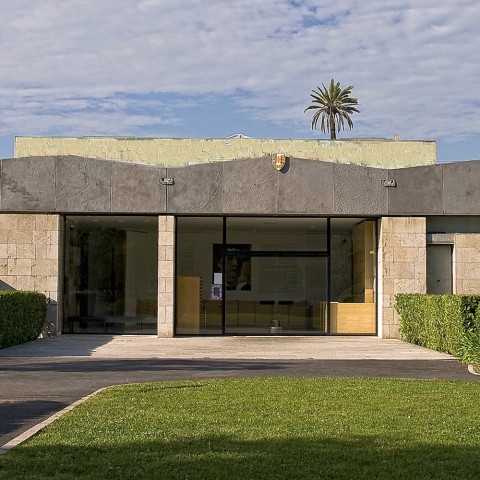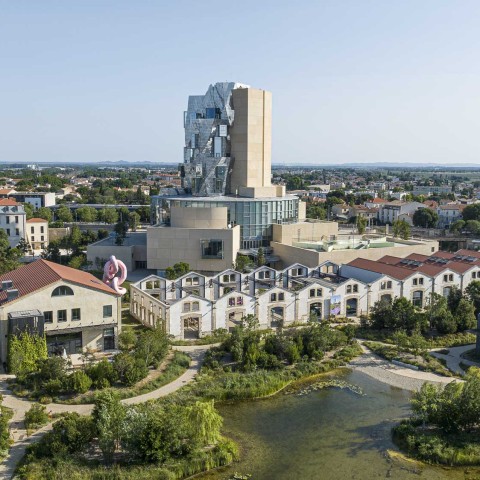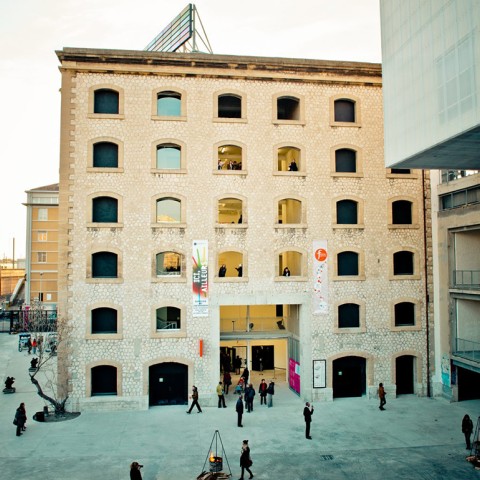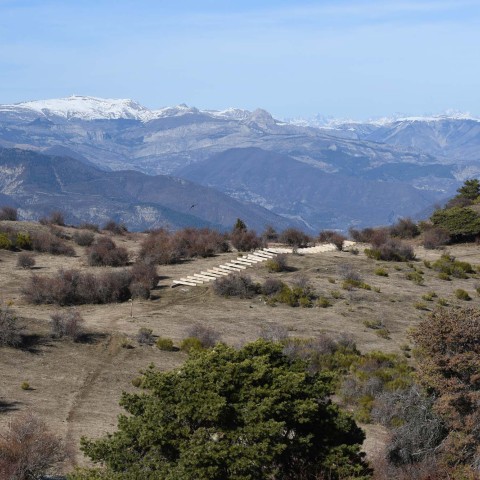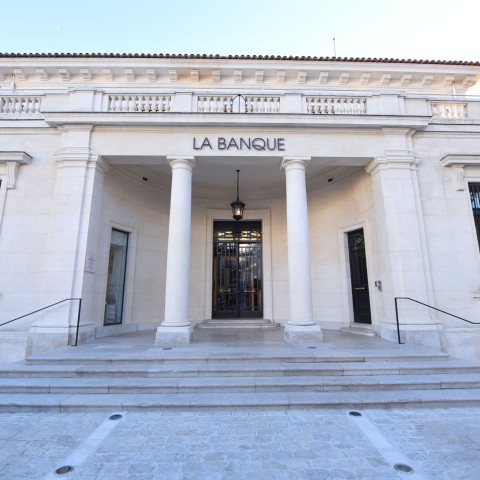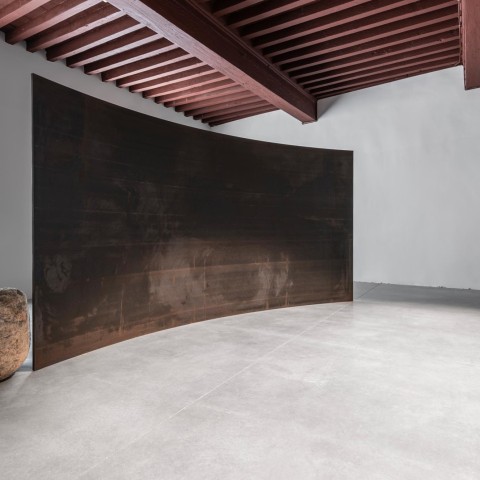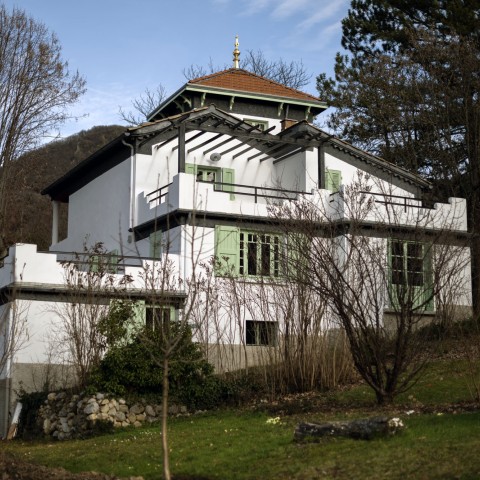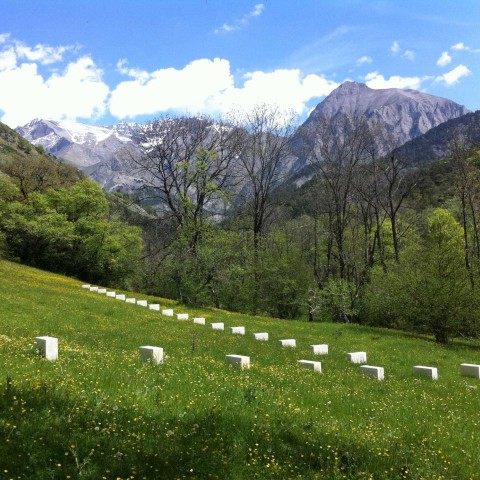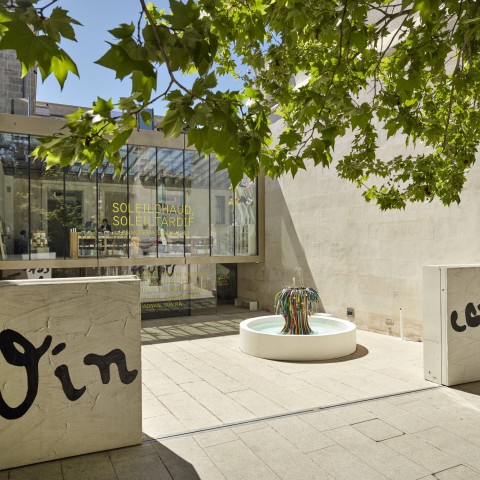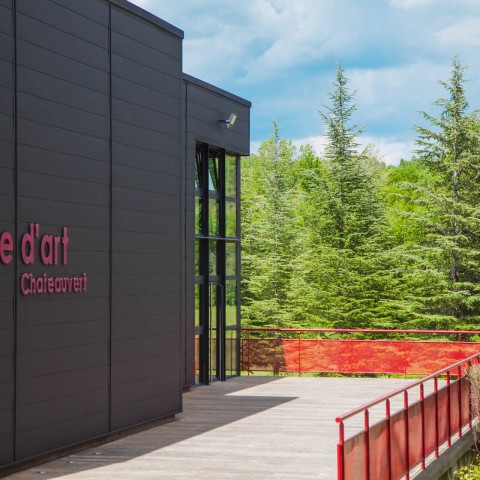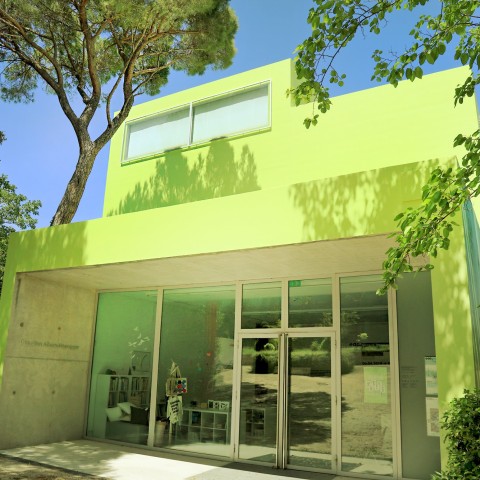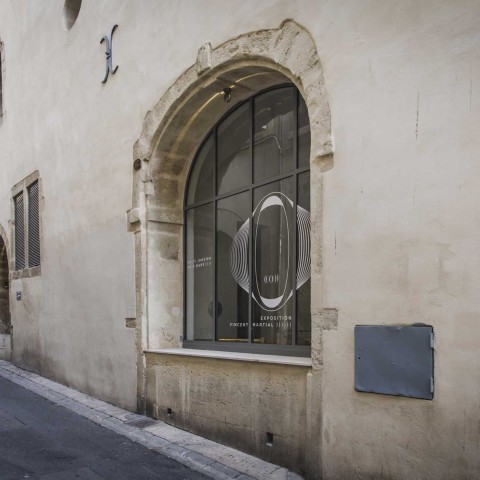Musée du Niel
In a renovated villa dating back to 1962, the Niel museum enjoys a favoured natural setting on the Giens peninsula. Overlooking the port of Niel, the 300m2 exhibition space opens up to the light between the landscape outside and the interior landscapes of the works of art.
Dedicated to painting from the second half of the 20th century, the Niel museum puts on a new exhibition with a different theme each season to reveal the particularly innovative currents that still influence contemporary creation today. It is clear that at the very beginning of the 50s, with Paris as the undeniable centre and art capital of the era, non-figurative painting radiated throughout Europe and unfolded into multiple experimental paths, each one standing in contrast to the other such as lyrical to geometric abstraction or the CoBrA movement to that of the Supports-Surfaces.
The artists, impelled by unprecedented momentum, broke with the past and lay a claim to the power of re-creating the world. They explored new pictorial languages and wrote an extraordinary chapter in the history of art. Amongst the successive layers of instruction, influence and inspiration, one concept remained predominant: that of abandoning the subject in favour of signs, gestures, sensations and light. In the end, the multiple array of paths converged at the escaping of limitations and at living art in unfettered freedom.
In a renovated villa dating back to 1962, the Niel museum enjoys a favoured natural setting on the Giens peninsula. Overlooking the port of Niel, the 300m2 exhibition space opens up to the light between the landscape outside and the interior landscapes of the works of art.
Dedicated to painting from the second half of the 20th century, the Niel museum puts on a new exhibition with a different theme each season to reveal the particularly innovative currents that still influence contemporary creation today. It is clear that at the very beginning of the 50s, with Paris as the undeniable centre and art capital of the era, non-figurative painting radiated throughout Europe and unfolded into multiple experimental paths, each one standing in contrast to the other such as lyrical to geometric abstraction or the CoBrA movement to that of the Supports-Surfaces.
The artists, impelled by unprecedented momentum, broke with the past and lay a claim to the power of re-creating the world. They explored new pictorial languages and wrote an extraordinary chapter in the history of art. Amongst the successive layers of instruction, influence and inspiration, one concept remained predominant: that of abandoning the subject in favour of signs, gestures, sensations and light. In the end, the multiple array of paths converged at the escaping of limitations and at living art in unfettered freedom.
Access
Musée du Niel
6 route du Port du Niel, Giens, 83400 Hyères
04 94 91 74 22
f.denis@museeduniel.com
www.museeduniel.com
Open from May to November, daily (except Tuesdays), 11am to 7pm.
Access by car to the port of Niel is very limited during the high season. It is best to go there on foot or by bicycle from the center of the village of Giens. A free shuttle bus runs from the village parking lot to the port du Niel with a stop in the center of Giens.
Locate other art venues in the vicinity on the map.
Discover our address book
PLACES TO STAY/EAT
• Le Provençal*** : an institution of the Giens Peninsula: sea view, legendary seawater pool, friendly welcome.
• Lido Beach : hotel located in edge of beach with sight on the roadstead of Hyères.
• Le Lodge des Îles d'Or : on the Giens peninsula, a charming hotel with eco-lodge-style rooms.
• Lilou : Resurrecting an old hotel dating back to 1890, Lilou revives the tradition of grand hotels, artfully wrapped and perfumed on every floor with fig tree essences.
And food and drink on the museum terraces, of course!
PLACES TO DISCOVER
• The botanical garden at Château Noir, 333, Chemin du Casteou Negre, La Madrague
• Coastal paths from the Port du Niel to the Tour Fondue (4km) or to the Darboussières beach (1.7km)
• Hire of boats, kayaks and paddles at the Port du Niel: XL Yachting, La petite flottille
• Scuba diving: La fée plongée
A free mini-train runs from Almanarre beach to the village of Giens along the beaches of the Route du Sel (in operation from 1 July to 31 August).

